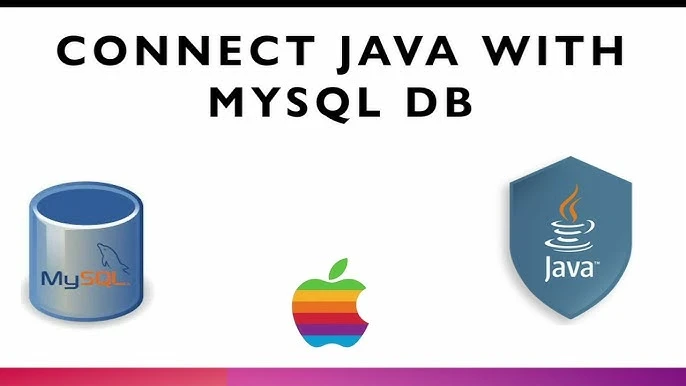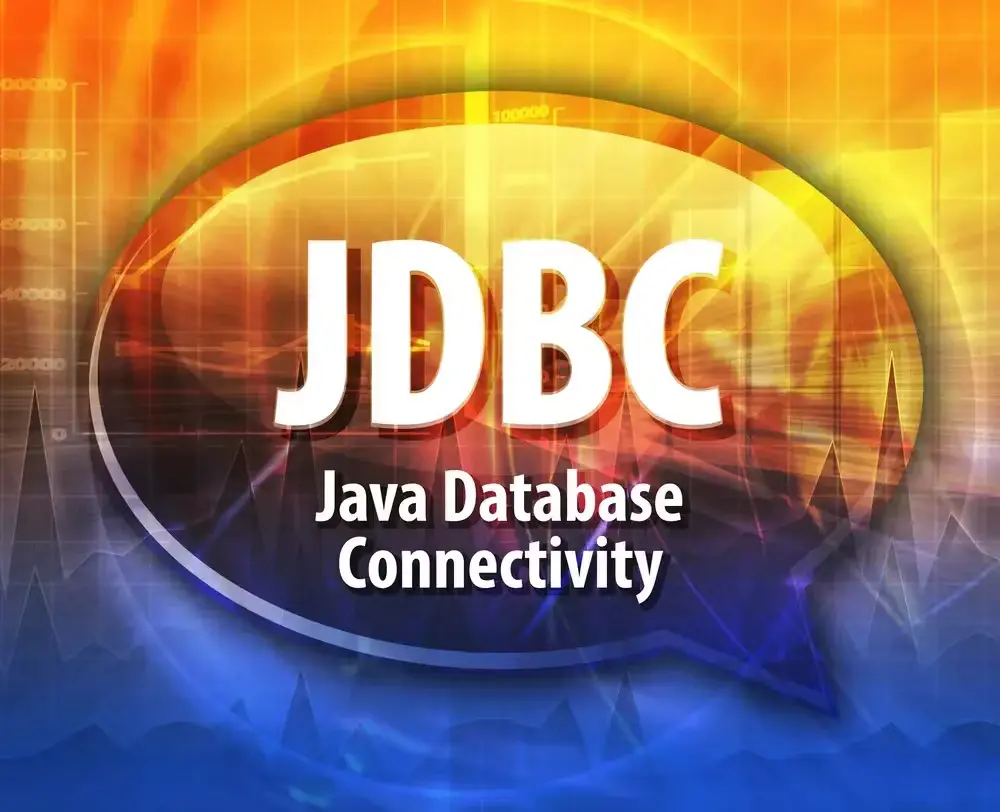Understanding Java Database Connectivity (JDBC): A Comprehensive Guide

In the realm of programming improvement, data sets assume a urgent part in putting away and overseeing information. Java, a powerful and adaptable programming language, provides numerous tools and libraries for effective database interaction. One such device is Java Database Connectivity (JDBC), which fills in as an extension between Java applications and data sets. In this blog post, we’ll go over the intricacies of JDBC, including how to connect to a database in Java and the fundamentals of database and Java understanding.
What is java database connectivity JDBC?
Accessing and managing relational databases is made possible by Java’s JDBC standard API (Application Programming Interface). JDBC goes about as a middleware that permits Java applications to cooperate with data sets in a uniform and steady way. It abstracts the intricacies of data set correspondence, empowering engineers to zero in on composing application rationale as opposed to stressing over data set explicit subtleties.
Why Use JDBC?
Prior to plunging into the details, it’s fundamental to comprehend the reason why JDBC is a favored decision for data set cooperation in Java:
- Independence from a Platform: JDBC gives a normalized approach to interfacing with data sets, no matter what the hidden data set administration framework (DBMS). JDBC ensures that your Java code remains portable and consistent regardless of which relational database you use—MySQL, Oracle, PostgreSQL, or any other.
- Complete Assistance: JDBC upholds an extensive variety of SQL tasks, including information questioning, refreshing, and exchange the board. This makes it a flexible instrument for taking care of different data set undertakings.
- Usability: With JDBC, interfacing with a data set in Java becomes clear. The Programming interface is proven and factual and generally embraced, making it simpler for designers to learn and execute.
Understanding Database and Java
Before we get into the technical details of JDBC, it’s important to know how databases and Java interact. In a regular Java application, the data set fills in as the backend stockpiling where information is put away, recovered, and controlled. On the other hand, the application logic that interacts with the database is written in Java, a programming language.
While working with data sets in Java, designers frequently follow an organized methodology that incorporates the accompanying advances:
- Planning the Data set: The initial step includes planning the data set pattern, which incorporates characterizing tables, sections, information types, and connections between tables. This step is critical for guaranteeing that the data set is coordinated and upgraded for proficient information recovery.
- Using Java to Connect to the Database: When the data set is planned and set up, the following stage is to lay out an association between the Java application and the information base. This is where java database JDBC becomes an integral factor, giving the fundamental devices to make and oversee information base associations.
- SQL Queries Are Executed: In the wake of laying out an association, engineers can execute SQL questions to communicate with the data set. These questions can go from basic information recovery tasks to complex exchanges including numerous tables.
- Processing Results: The consequences of SQL questions are gotten back to the Java application, where they can be handled and shown to the client or utilized for additional tasks.
- Eliminating the Link: Subsequent to finishing the information base tasks, it’s fundamental for close the association with let loose assets and guarantee the application runs effectively.
Using JDBC to Connect to a Database in Java
Now that we have a basic understanding of databases and the role they play in Java applications, let’s look at how to connect to a database in Java.
1. Stacking the JDBC Driver
The most important phase in laying out a data set association is to stack the JDBC driver well defined for the data set you’re utilizing. The driver is a collection of classes that take care of the communication between your Java application and the database and implement the JDBC interfaces.
The following is an illustration of how to load the MySQL JDBC driver:
java
Duplicate code
attempt {
Class.forName(“com.mysql.cj.jdbc. Driver”);
} get (ClassNotFoundException e) {
e.printStackTrace();
}
In this model, the Class.forName technique is utilized to stack the MySQL JDBC driver. On the off chance that the driver isn’t found, a ClassNotFoundException is tossed.
2. Laying out an Association
When the JDBC driver is stacked, the following stage is to lay out an association with the information base. The DriverManager class is used to accomplish this, and its static method getConnection is used to establish a connection to the specified database.
An illustration of how to connect to a MySQL database is as follows:
java
Duplicate code
String url = “jdbc: mysql://localhost:3306/mydatabase”;
String username = “root”;
String secret key = “secret word”;
attempt {
Association = DriverManager.getConnection(url, username, secret key);
“Connection successful!” System.out.println);
} get (SQLException e) {
e.printStackTrace();
}
In this model, the url variable determines the data set URL, which incorporates the data set type (MySQL), the host (localhost), and the data set name (mydatabase). The username and secret key factors store the accreditations for associating with the information base. A Connection object that represents the established connection is returned by the getConnection method.
3. Executing SQL Inquiries
With the association laid out, you can now execute SQL inquiries to connect with the information base. Statement, PreparedStatement, and CallableStatement are just a few of the classes and methods for executing queries that are available in JDBC.
Using the Statement class, let’s run a quick SQL query like this:
Statement statement = connection.createStatement(); java copy code try
resultSet = statement.executeQuery(“SELECT * FROM representatives”);
while (resultSet.next()) {
String name = resultSet.getString(“name”);
age = resultSet.getInt(“age”) in int
“Name: “, System.out.println + “, age: “, name + age);
}
} get (SQLException e) {
e.printStackTrace();
In this example, a SELECT statement that pulls data from the employees table is executed using the executeQuery method. The outcomes are returned in a ResultSet object, which can be iterated to get to the information.
4. Shutting the Association
In the wake of finishing the data set tasks, it’s fundamental for close the association with let loose assets. This should be possible utilizing the nearby strategy on the Association object:
java
Duplicate code
attempt {
connection.close();
“Connection closed” is printed by system.out.println;
e.printStackTrace(); catch (SQLException e);
}
Best Practices for Utilizing java database JDBC
While JDBC gives an integral asset to information base connection, it’s fundamental to follow best practices to guarantee that your applications are proficient, secure, and viable:
- Utilize Arranged Proclamations: Use PreparedStatement rather than Statement when executing SQL queries, particularly those that require user input. Arranged articulations assist with forestalling SQL infusion assaults and further develop execution by precompiling the SQL questions.
- Correctly Handle Exceptions: Continuously handle exemptions that might happen during data set activities. This guarantees that your application can recuperate effortlessly from blunders and gives significant input to the client.
- Close Assets: Continuously close the information base association and different assets like Articulation and ResultSet after use. This forestalls asset releases and guarantees that your application runs proficiently.
- Use pooling of connections: For applications that require continuous data set admittance, consider utilizing association pooling. Association pooling reuses existing associations, lessening the above of making new associations and further developing execution.
Conclusion
In conclusion, developers who work with databases in Java need to have access to the Java Database Connectivity (JDBC) tool. By understanding the fundamentals of associating with the data set in Java and following prescribed procedures, you can construct powerful and effective applications that collaborate flawlessly with social data sets. Whether you’re a fledgling or an accomplished engineer, dominating JDBC will upgrade your capacity to make information driven Java applications.
For More Information Visit Our Homepage:



Pingback: The Myth and the Reality of Global Prestige: Lessons from "Prestige Worldwide Step Brothers" - Daily Voice Hub